Fannie Mae HomeStyle and FHA 203(k) loans offer reliable financing options for individuals looking to purchase a home and customize it to their preferences. These loans provide a valuable opportunity and can be used for buying and fixing up multi-family dwellings. Many people view this as an investment opportunity. How? By purchasing multi-family dwellings to rent them out for additional income. You might think that buying a multi-family property is expensive. While it may seem like a significant investment and paying the monthly mortgage can be challenging, rental income helps make it feasible.
Instead of stressing about paying a big mortgage, use the money you get from renting out the other units. Fannie Mae HomeStyle or FHA 203(k) loans can help. Which loan is better and why? Let’s find out how to choose between a 203(k) and HomeStyle Loan for Philadelphia Multi-Family Dwellings!
Why Consider Multi-Family Dwellings?
Owning a home is a significant milestone in anyone’s life. In the United States, most people take out a mortgage to make this dream a reality. However, getting a mortgage involves some complexities. One of the factors that can make people ineligible for a mortgage is their debt-to-income ratio. But what does that mean? It is the total amount of your debts, like credit card balances, car loans, and mortgage payments, divided by your income. To qualify for a mortgage, this ratio must not exceed a specific number (which varies depending on the lender and loan type). Sometimes, your income might be lower than required to qualify for a mortgage. So, what is the solution?
Here is the cool thing about multi-family dwellings: the rental income from the other units can be subtracted from your mortgage payment. This rental income lowers your debt-to-income ratio, qualifying you for a larger mortgage.
Let’s break it down with an example: suppose your monthly income is $3000, and your debt amounts to $1800. In this scenario, your debt-to-income ratio is 60%, considered high, and most lenders may not approve you for a mortgage.
Interestingly, if you buy a multi-family dwelling, and the estimated monthly rent from the other units is $800, the new ratio drops to 33%. This new ratio means you might qualify for a more substantial mortgage and allows you to buy a multi-family dwelling without paying extra money out of your pocket.
A HomeStyle or 203(k) Loan for Philadelphia Multi-Family Dwellings
Purchasing a multi-family home can be a challenge because they are often expensive. Even if you qualify for a mortgage, considering rental income, you need to put down more money than a single-family home. However, here is an exciting solution. What if you could purchase a reasonably priced multi-family home? It is possible, but these homes often require some renovation.
There are two popular options: 203(k) and HomeStyle loans. Both loans offer you the chance to purchase and renovate a primary residence having one to four units. Remember, for both loans, the building must be your primary residence to benefit from rental income. The process is simple. Get one of these loans to buy a two- to four-unit dwelling, live in one unit, rent out the others, and use that rental income to pay your mortgage. Can you see how a HomeStyle or 203(k) loan for Philadelphia multi-family dwellings can be used? Sounds pretty amazing.
FHA Self-Sufficiency Test for Multi-Family Dwellings
For multi-family dwellings, the Federal Housing Administration (FHA) has a specific rule known as FHA Rule 75 for three- and four-unit homes. According to this rule, a property is considered self-sufficient if 75% of the rental income surpasses the monthly mortgage payment. This percentage needs to be sufficient to cover what is known as PITI, which stands for Principal, Interest, Taxes, and Insurance. In simpler terms, the rental income must be substantial enough to handle the mandatory expenses associated with the property, ensuring it can support itself financially. Therefore, this can make the situation a bit challenging for using a 203(k) loan for Philadelphia multi-family dwellings.
Exciting Changes to Fannie Mae Loans in 2023
Fannie Mae has introduced some significant changes to make it easier for you to become a homeowner. On November 18, 2023, they unveiled a groundbreaking option: a 5% down payment choice for owner-occupied two- to four-unit properties. Yes, you heard it correctly! In the past, buying a multi-family home required a down payment of 15%-25% of the property’s sales price. But now, with this new option, Fannie Mae is making it more accessible for you to own a multi-family home with a lower down payment. This policy shift applies to various scenarios, including standard purchases, no cash-out refinances, and HomeReady and HomeStyle Renovation loans for owner-occupied properties.
Choosing Between HomeStyle and 203(k) Loans
Before Fannie Mae updated its down payment requirements, many individuals seeking to own a multi-family home opted for an FHA loan due to its low down payment option. However, FHA loans have limitations, particularly with the self-sufficiency test for three- and four-unit homes. Therefore, following Fannie Mae’s recent policy change, HomeStyle loans emerged as a more favorable choice for three- and four-unit properties. This policy adjustment has substantially reduced the cost of buying multi-family homes, making them more affordable and accessible.
Thanks to Fannie Mae’s proactive decision-making, more people now have the opportunity to invest in income-generating properties. With a down payment almost as low as a 203(k) loan and without the self-sufficiency test requirement, the dream of owning a multi-family home is now more attainable.
To illustrate, consider a client from a few months ago who wanted to buy and renovate a four-unit property in Philadelphia using a 203(k) loan. Due to the FHA self-sufficiency test, the borrower didn’t qualify for the mortgage, and purchasing the property was out of reach. Back then, using a HomeStyle loan was not feasible because the required 15-20% down payment was beyond his means. However, with Fannie Mae’s recent policy shift, he can easily manage a 5% down payment and purchase the property.
So now would you choose a 203(k) or HomeStyle loan for Philadelphia multi-family dwellings to buy and renovate a multi-family dwelling?
Note: 203(k) and HomeStyle loans come with specific guidelines. You must consult lenders and contractors before considering each of these options.
Philadelphia HomeStyle and 203(k) Loan Contractor
Embarking on the journey of purchasing a home is a big deal, especially when it involves a multi-family home. If you are considering using a Philadelphia HomeStyle loan or 203(k) loan for Philadelphia multi-family dwellings, having a professional contractor by your side is crucial for navigating the renovation process seamlessly. A skilled contractor delivers top-notch renovation services and shares valuable experience with you, something that becomes more vital with multi-family dwellings.
Matrix Company Solutions Corp. is your trusted 203(k) and HomeStyle Loan Contractor serving the Philadelphia and New Jersey areas. We specialize in guiding you through the complexities of home renovation, ensuring your experience is successful and enjoyable. Let us partner with you to turn your property dreams into reality!
Conclusion
In conclusion, this article has covered why you should consider a fixer-upper multi-family dwelling as a homebuyer. We have also tackled the primary question: whether to opt for a 203(k) or a HomeStyle loan for Philadelphia multi-family dwellings. Based on the latest rules and regulations, our recommendation is the HomeStyle loan for three- and four-unit properties and the 203(k) loan for one- and two-unit buildings.
HomeStyle loans present a versatile solution, applicable for various property types, including your primary residence, a second home, or an investment property. Specifically for multi-family dwellings, if it is your primary residence and is a two- to four-unit building, a HomeStyle renovation loan allows you to make a minimal 5% down payment. Then, you can manage your monthly mortgage payments by renting out the other units! Throughout this process, your Philadelphia HomeStyle Loan Contractor, Matrix Company Solutions Corp., will be there to guide you every step of the way.
We are here to serve you for Philadelphia and New Jersey renovation projects. Reach out to us for a FREE Consultation and Estimate. Let’s turn your property dreams into reality together!

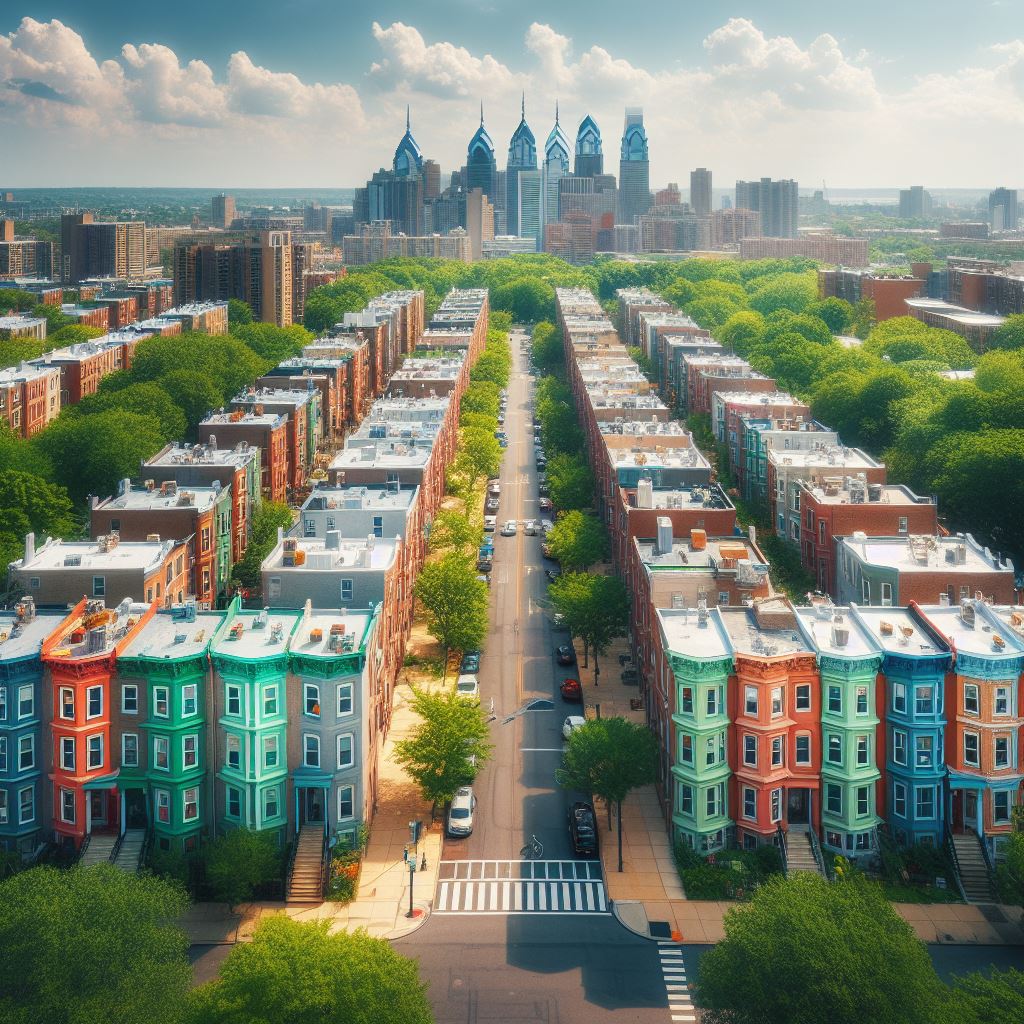
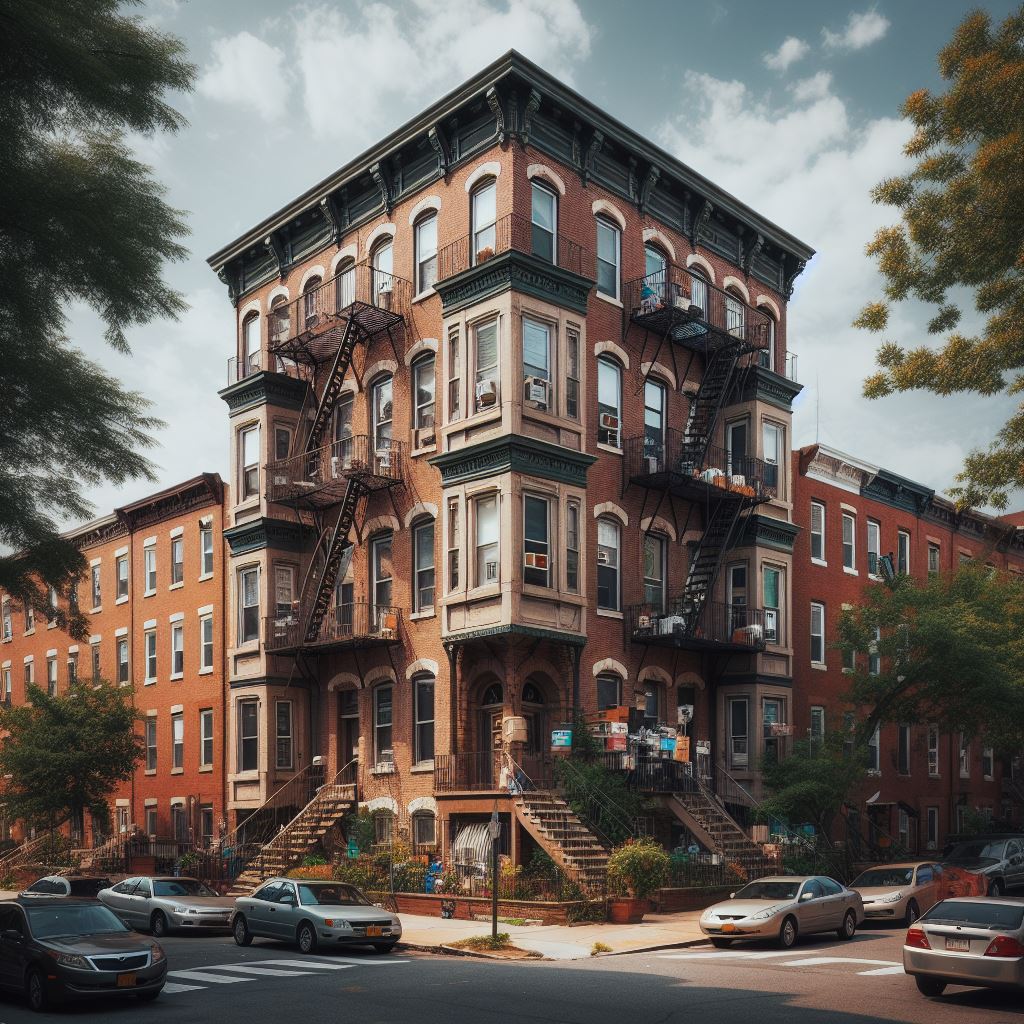
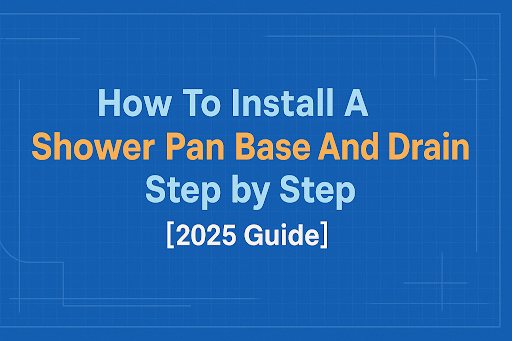


![Top 20 Reasons for Failing a Plumbing Inspection in Philadelphia [2025 Guide]](https://matrixgc.com/wp-content/uploads/2025/05/Common-issues-causing-failing-a-plumbing-inspection-in-Philadelphia.png)
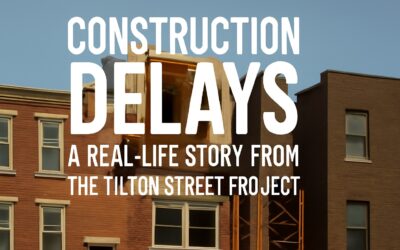
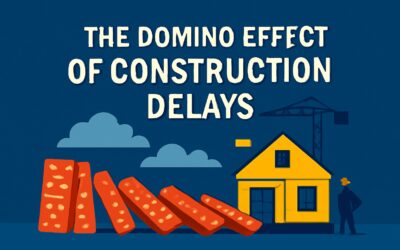
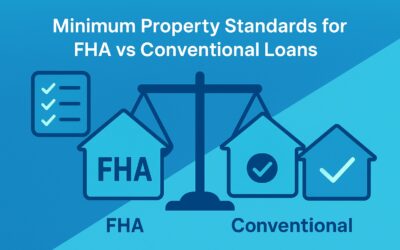
0 Comments